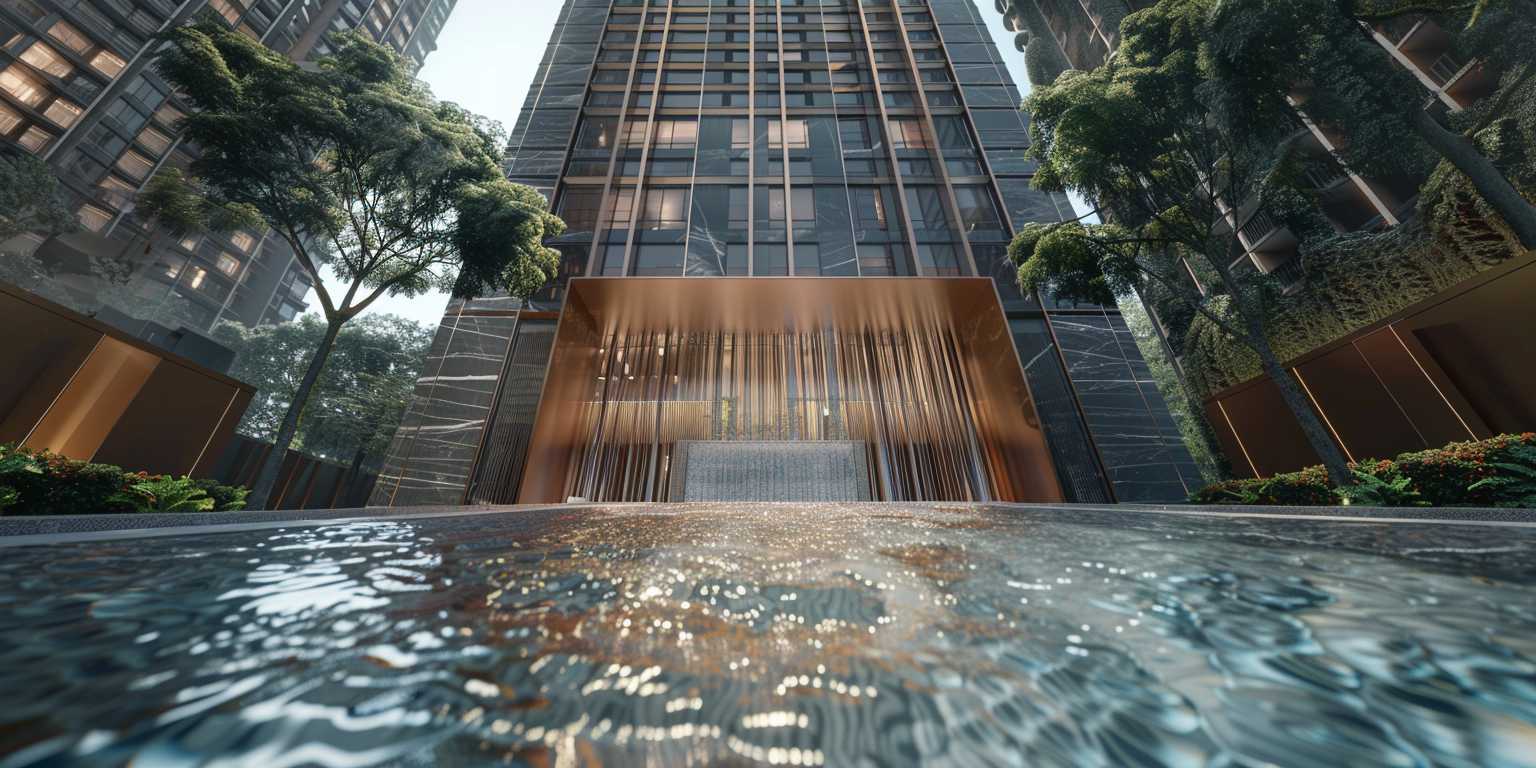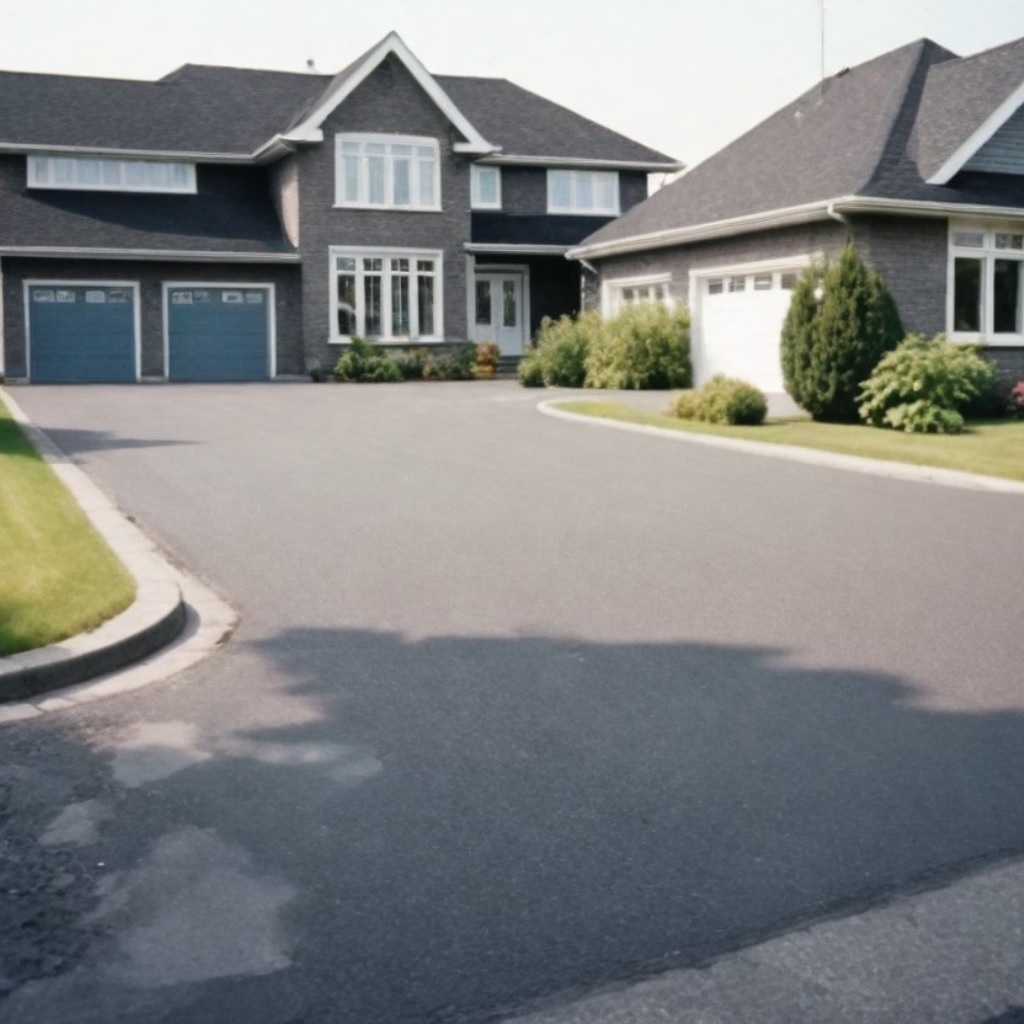The term vinyl flooring refers to a resilient flooring material made from synthetic materials such as PVC vinyl, fiberglass, and various chemical softeners. Vinyl flooring has been around for over 100 years and was originally invented as a replacement for the original resilient flooring material, linoleum. vinyl flooring has become very popular for spaces where resistance, durability, and water resistance were important.
Bathrooms and kitchens have always been the main areas where vinyl flooring is used. While vinyl flooring is not entirely immune to these rooms’ adversities, it is water-resistant and easy to clean and maintain, making it an inexpensive and inexpensive floor covering. But modern vinyl flooring products with improved product design and manufacturing are now a viable option even for spaces once dominated by ceramic or porcelain tile or hardwood.
Composition of vinyl flooring
Vinyl flooring became a truly viable flooring material with the introduction of PVC (Polyvinyl Chloride), a synthetic plastic containing carbon, hydrogen, and chlorine. In traditional vinyl or vinyl tile, the flooring material is a composite product with a layer of PVC bonded to a fibrous core and covered with a printed design layer and a tough, clear tread layer. The difference between high-quality and low-quality vinyl flooring lies in the thickness of the products, the toughness of the tread layer, and the type of substrate it has. Whichever type of vinyl flooring you choose, vinyl has several distinct advantages:
Vinyl flooring is a surprisingly tough material, even if it feels slightly soft underfoot. The main reason why vinyl flooring is popular in bathrooms and kitchens is that it is resistant to moisture, steam, and moisture. Water is largely unable to penetrate the surface of this material and damage the substrate, although it may be slightly vulnerable at the seams.
Vinyl floors are very simple and easy to clean. It is resistant to dirt, stains, scratches, and punctures; although it can be punctured if heavy furniture legs are not equipped with protective pads. Be aware that carpets containing rubber backing can cause a chemical reaction that can stain the vinyl. And vinyl flooring can yellow slightly if exposed to constant direct sunlight (even though high-quality products have UV protection).
Choosing a vinyl floor material
Vinyl flooring of any type has many advantages over other flooring materials in some applications. It is generally much less expensive than hardwood and works much better in situations where moisture is a problem (bathrooms, kitchens, entryways, basements), and is considered pet-friendly.
Within the three types of vinyl flooring, luxury vinyl flooring (LVF) has many advantages and is often the best choice because the higher cost is more than offset by superior looks and performance. But vinyl plank is still a good choice where a seamless, water-resistant surface is essential (such as in a child’s bathroom). And vinyl composite tile remains popular among budget homeowners who like to DIY.
Each type of vinyl flooring comes in a wide variety of styles and quality grades, not to mention different kinds of flooring installation needs. Some features to keep in mind:
Whatever type of vinyl flooring you are considering; compare the total thickness of each product. Thicker vinyl sheets, tiles, or planks will generally be the best in terms of comfort underfoot and are likely to be more durable.
Most vinyl flooring is made up of multiple layers for strength, and the top layer should always be the thickest. Look for a tread layer at least 5mm thick.
The surface finish of a vinyl floor product can be produced in a variety of ways. The cheapest is a simple printed design layer, while the more expensive and more durable products will have an inlaid design that goes right up to the thickness of the vinyl. This will make the flooring product more durable.













Comments